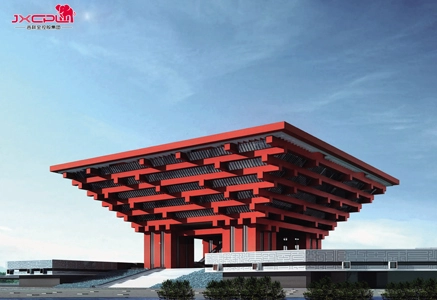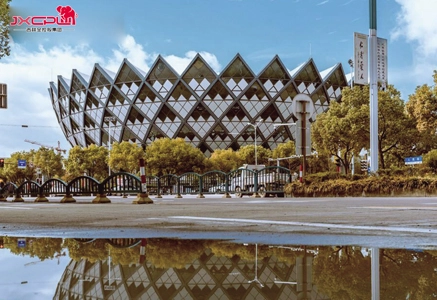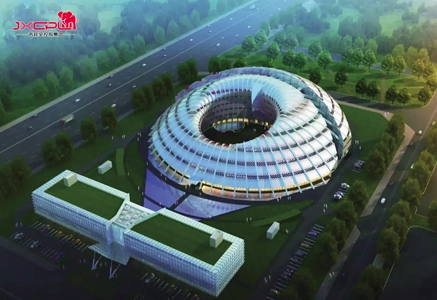EN
If you’ve ever worked with metal materials for construction, signage, or cladding, you’ve probably come across both aluminum composite panels (ACP) and aluminum sheets. At first glance, they might seem similar—they’re both flat metal materials made with aluminum. But in reality, they are quite different in structure, performance, application, and cost.
So, what really sets them apart? Let’s break it down step by step.
An aluminum composite panel is a sandwich structure. It typically consists of three layers:
A core made of polyethylene (PE) or a fire-retardant mineral-filled core.
Two thin aluminum sheets bonded to either side of the core.
A coating or laminated finish (such as PVDF or PE coating) for durability and aesthetics.
These panels are engineered to be lightweight, strong, and decorative, which makes them very popular in modern architecture and signage.
An aluminum sheet, on the other hand, is a solid piece of aluminum. It’s made by rolling aluminum ingots into flat sheets of varying thicknesses. Depending on the alloy and temper, it can be soft or strong, corrosion-resistant, and highly conductive.
Aluminum sheets are versatile and can be cut, bent, or welded for various industrial and construction applications.
Let’s compare them side-by-side for better clarity.
ACP: Multi-layered (aluminum + plastic core + coating)
Aluminum Sheet: Single, solid aluminum layer
ACP: Lighter due to its plastic core
Aluminum Sheet: Heavier and denser since it’s solid metal
ACP: Good stiffness and strength-to-weight ratio
Aluminum Sheet: Stronger but less rigid unless thick
ACP: Can be bent with proper equipment but not suitable for welding
Aluminum Sheet: Can be bent, rolled, and welded easily
ACP: Comes in a variety of colors, finishes (matte, gloss, metallic), and textures
Aluminum Sheet: Usually comes in a mill finish or brushed look, and must be painted or anodized for color
ACP: Weather-resistant and corrosion-resistant due to coating
Aluminum Sheet: Highly durable, especially when anodized or coated
ACP: Can be a concern if made with non-fire-retardant core (check for FR grade)
Aluminum Sheet: Non-combustible and better for high-temperature environments
ACP: Generally more cost-effective for large coverage due to its lightweight structure
Aluminum Sheet: More expensive per square meter, especially in thicker gauges
ACP: Easy to install using a clip or frame system
Aluminum Sheet: Needs welding, riveting, or mechanical fastening
ACP: Wall cladding, facades, signboards, false ceilings, interior design
Aluminum Sheet: Roofing, industrial machinery, transportation, cookware, marine applications
Choose aluminum composite panels if you need:
Lightweight panels for cladding or facades
Attractive finishes and modern design
Budget-friendly large surface coverage
UV- and corrosion-resistant materials
Quick and easy installation
Go for aluminum sheets if your project requires:
High structural strength or load-bearing performance
Welding or fabrication into complex shapes
Heat-resistant material
Durability in industrial environments
Marine or aerospace-grade quality
Both materials are recyclable, but with a difference:
Aluminum sheets are easier to recycle as they are pure metal.
ACPs are more difficult to recycle due to the plastic core, though modern technologies have improved this process.
It depends on your needs. ACP is great for decorative and lightweight construction. Aluminum sheet is better for heavy-duty applications.
Think of it like this:
ACP is like plywood—layered, light, versatile.
Aluminum sheet is like solid wood—strong, dense, reliable.
Both aluminum composite panels and aluminum sheets are valuable materials in construction, signage, and manufacturing. Understanding the differences in structure, weight, cost, and performance helps you choose the right one for your specific application.


